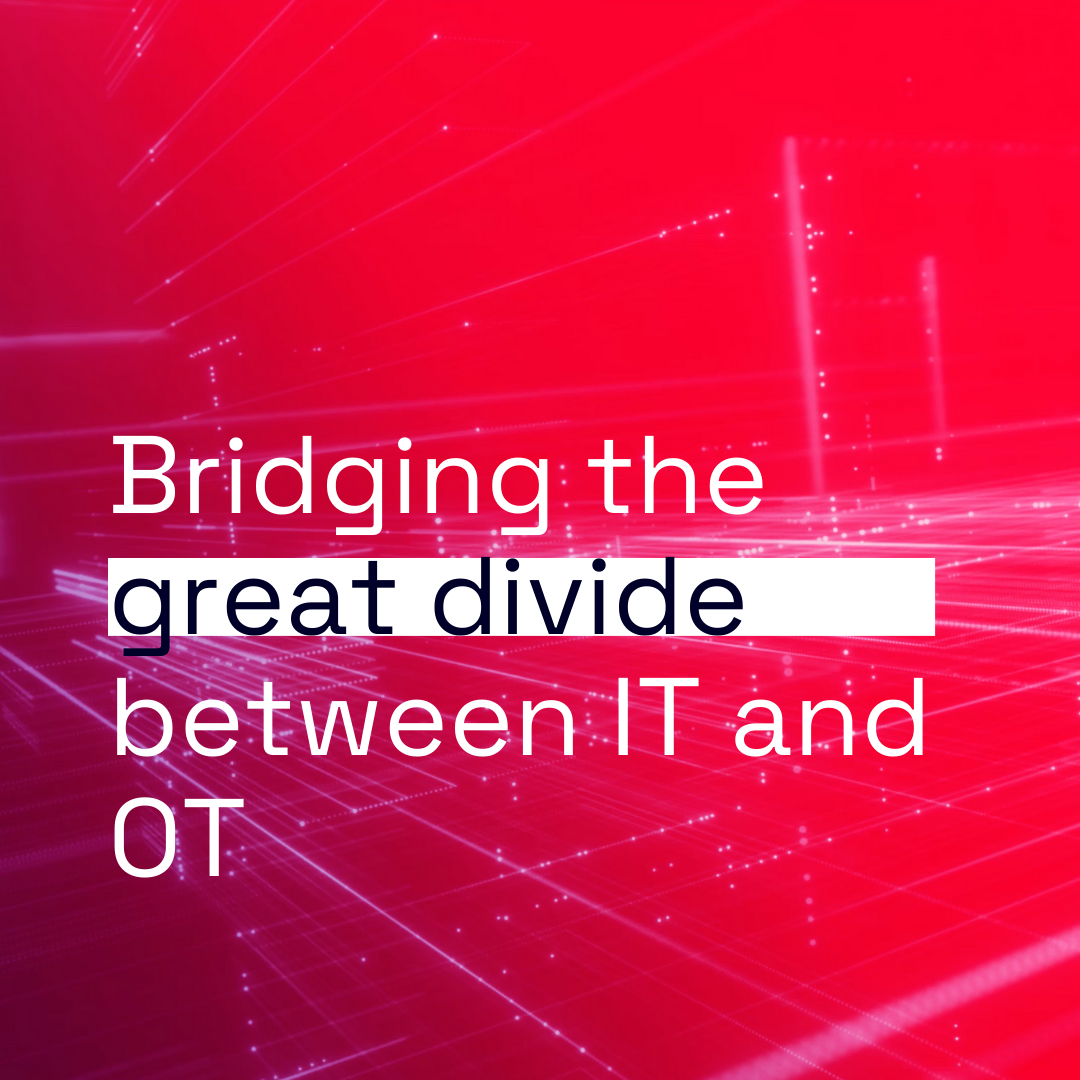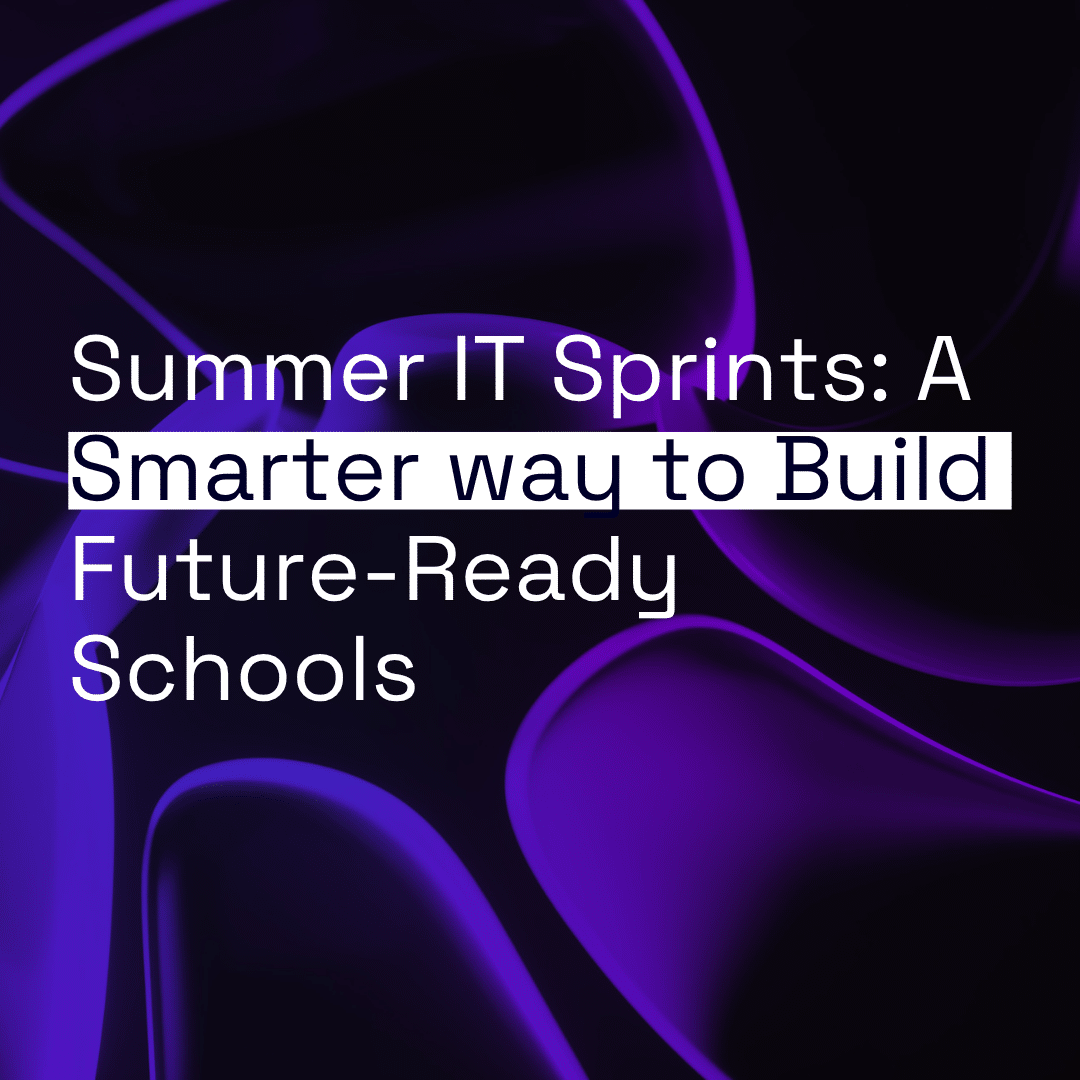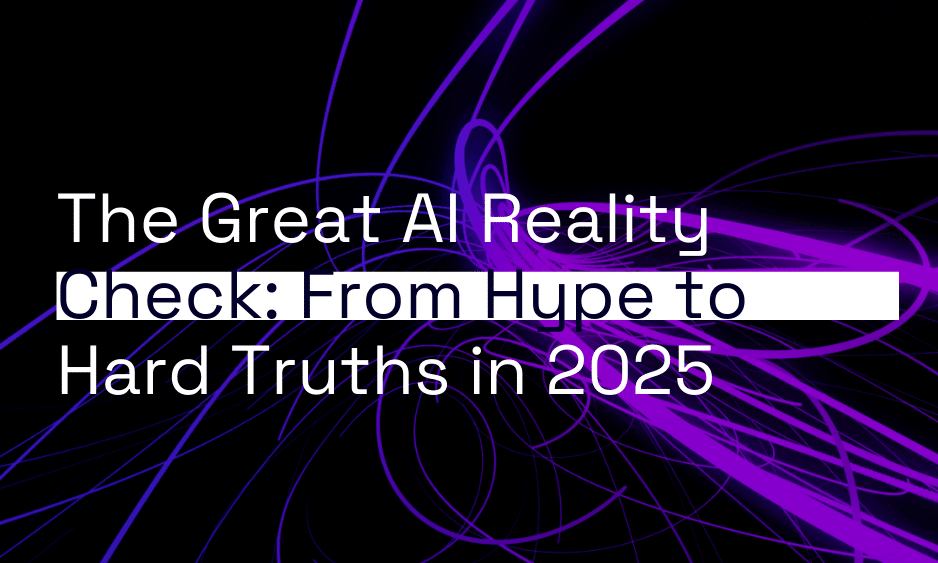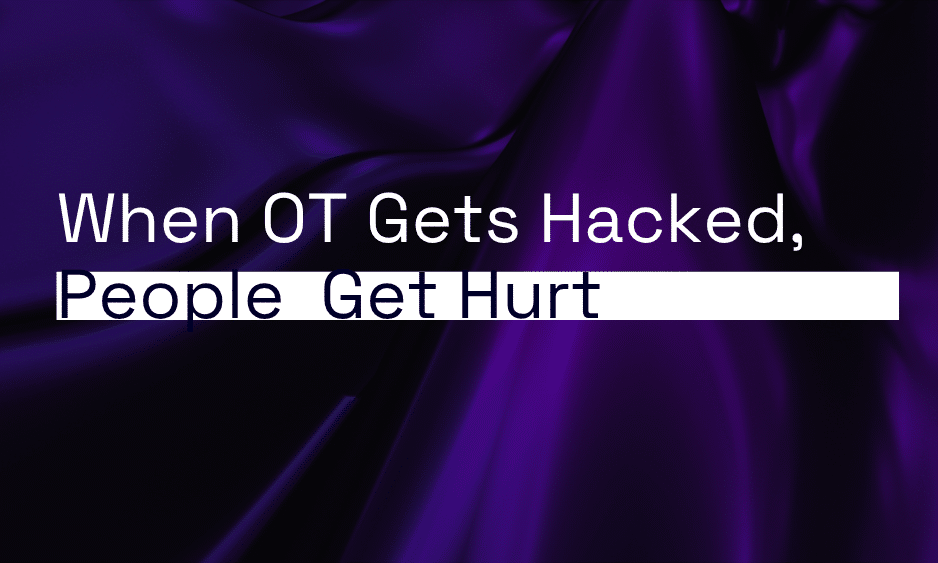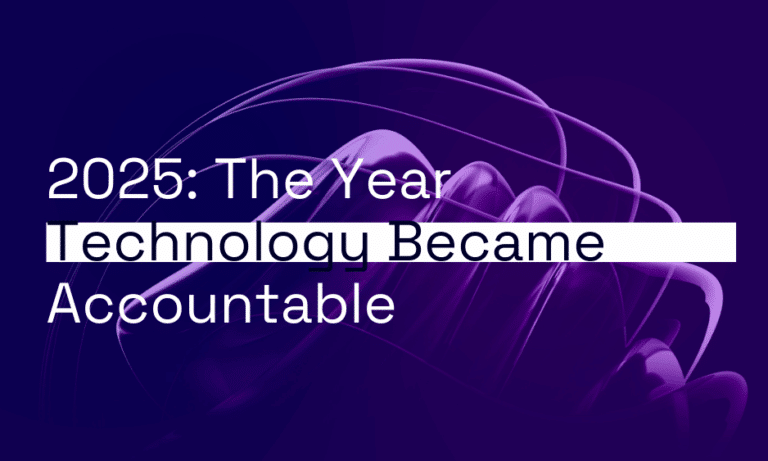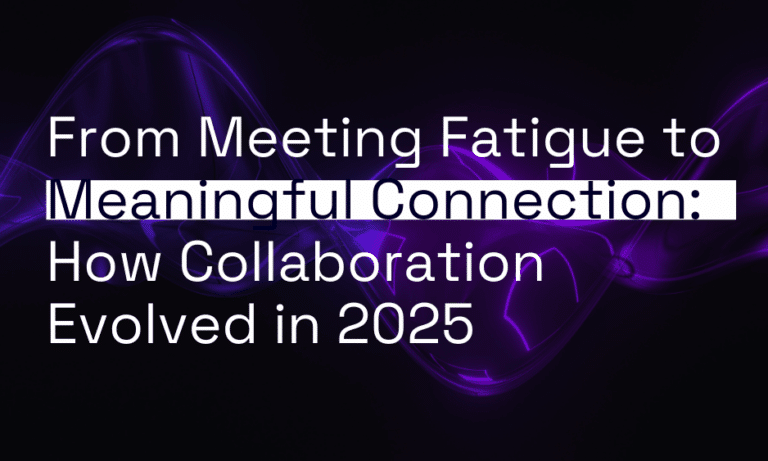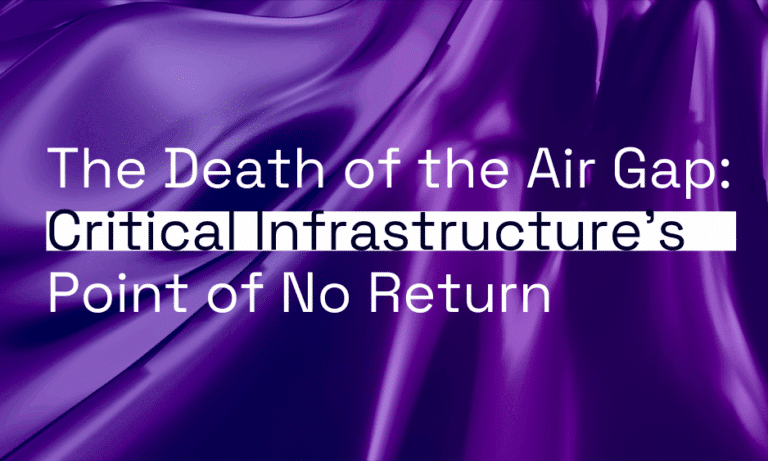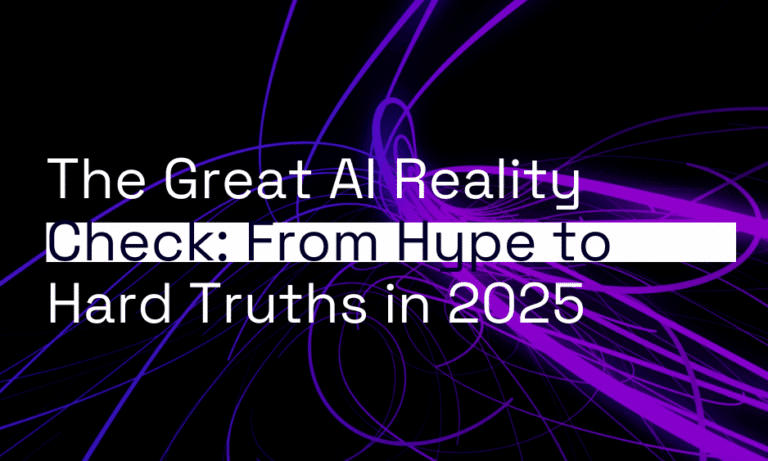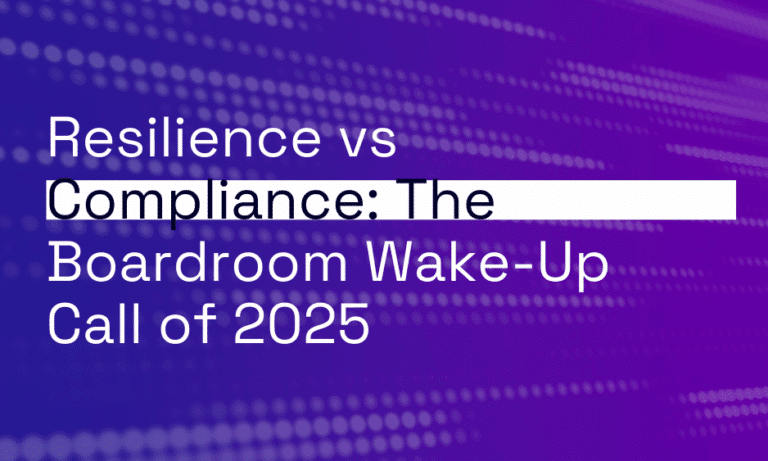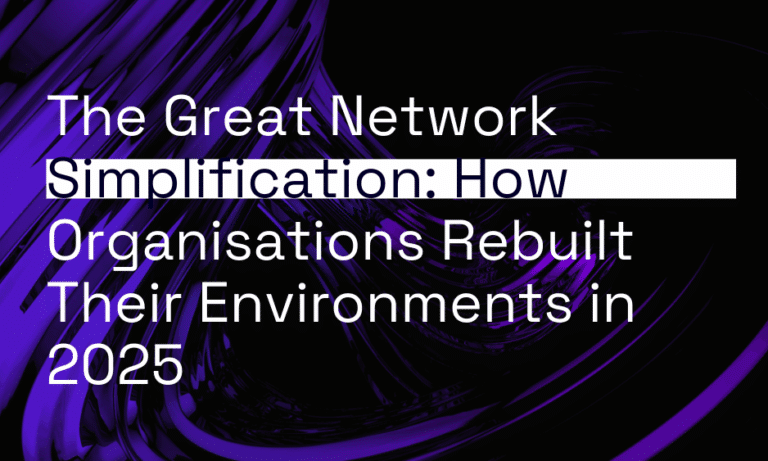IT and OT have long operated in parallel worlds within businesses. IT teams, tucked away in one corner of the office, manage everything from network systems and cloud applications to data storage and cybersecurity. Over on the factory floor, OT teams are hard at work monitoring and controlling equipment and machinery, managing physical processes, and handling real-time operations.
But as digitalisation sweeps through the industrial landscape, the boundaries between IT and OT are blurring. Integrating these two can unlock significant benefits like operational efficiency, agility, innovation, and cost savings.
Despite the promise, merging IT and OT remains a tricky challenge for many organisations. However, with the right strategies and solutions, these challenges can be addressed, leading to a harmonious integration.
The clash of machines
The rapid rise of technologies like Industrial IoT, cloud, and AI has made the lack of interoperability between OT and IT more pronounced than ever.
In industries like manufacturing, OT systems often consist of legacy equipment that was never designed to work with modern IT infrastructure. For example, software applications are frequently updated to keep pace with technological advancements, while industrial machinery can remain unchanged for years, sometimes even decades. This creates a significant compatibility gap.
The sheer diversity of OT assets adds another layer of complexity. Different communication protocols, varying standards, and a multitude of devices make it tricky for IT teams to create a unified environment.
To bring everything together, organisations need to invest in infrastructure that supports both IT and OT needs. For example, IoT middleware solutions act as bridges between disparate systems, translating protocols and facilitating communication.
Another way to harmonise IT and OT is by using open-source solutions and adhering to industry standards. Protocols like MQTT (Message Queuing Telemetry Transport) and OPC UA (Open Platform Communications Unified Architecture) are specifically designed to bridge the divide between IT and OT, ensuring they can communicate seamlessly.
The data deluge
Another challenge of IT and OT working in isolation is the data silos. This separation makes it tough for organisations to get a complete view of their operations, hindering decision-making.
When IT and OT finally do come together, they open up a floodgate of diverse data, including structured, semi-structured, and unstructured data. Managing all this data and extracting valuable insights is difficult without the right strategy and solutions in place.
Picture a factory equipped with IoT sensors, constantly feeding terabytes of data into their centralised IT system every single day. Without a robust data management strategy, valuable insights might get lost in the noise. Or, imagine a utility company that has smart metres hooked up to its data analytics platform. We’re talking millions of metres generating massive amounts of data that can quickly lead to inconsistencies and quality issues if not managed properly.
Edge computing solutions can help manage large volumes of data more efficiently. These advanced technologies process data closer to the source, reducing latency and boosting real-time decision-making.
A robust data governance framework is also essential for ensuring data quality and consistency. This means setting standards, policies, and procedures for data collection, storage, and usage. Regular data audits and validation processes will help ensure your data stays accurate and reliable.
The security tightrope
Cybersecurity is a critical concern that intersects both IT and OT domains.
One big issue is that OT environments often rely on legacy systems that weren’t built with cybersecurity in mind. These outdated setups might not have the security features needed to fend off today’s cyber threats. When they’re connected to IT systems, they create more entry points for attackers if not properly secured. Given that downtime in OT can be a big problem, sometimes even endangering lives, the stakes are high.
Another challenge with IT and OT working independently is the lack of consistency in security policies and procedures. This divided approach can create protection gaps, where weaknesses in one area can affect the other.
To truly secure the whole organisation, it’s crucial to have a unified security strategy that covers both IT and OT environments. This should include implementing advanced security measures, such as encryption, endpoint protection, network segmentation, and intrusion detection systems. Conducting regular security assessments and updating security protocols are also critical for keeping up with evolving threats.
IT/OT convergence in action
The integration of IT and OT systems is transforming businesses across various industries. Here are some hypothetical scenarios of IT and OT working together seamlessly in different settings.
Retail: Sync and stock
A fast-growing retailer decides it needs to optimise inventory management, with the ability to track inventory in real time, predict stock shortages, and autonomously reorder supplies.
On the OT side, shelves equipped with weight sensors and RFID tags detect low or out-of-stock items. These smart shelves continuously monitor stock levels, ensuring that products are available when customers want them, reducing the likelihood of lost sales opportunities. When there’s a sudden spike in demand, the IT system communicates this to the OT systems in the warehouse, allowing for immediate adjustments in operations to prioritise packing and shipping high-demand items, which is particularly crucial during peak shopping periods.
From the IT perspective, data from these sensors is transmitted to a central system for analysis. This system compiles all the information and sends alerts to store employees or automated replenishment systems. These alerts prompt immediate action, either by staff who physically restock the shelves or by autonomous systems that initiate the restocking process.
Manufacturing: The fast lane to efficiency
An automotive manufacturing plant faces unexpected downtime and delays due to complexities in their production line. By implementing digital twins, the plant creates a virtual replica of the physical production line, which is continuously updated with real-time data from sensors embedded in the machinery and equipment on the shop floor.
In this scenario, the IT team is responsible for setting up the digital infrastructure, including data collection, storage, and analysis systems. They ensure that the data flows seamlessly from the sensors to the centralised database and then to the digital twin model. This involves using advanced data analytics and machine learning algorithms to process the enormous volumes of data generated.
On the other hand, the OT team focuses on the physical aspects of the implementation. They install and maintain the sensors on the machines and work closely with the IT team to ensure accurate data collection. Their deep understanding of the machinery and production processes is crucial in interpreting the data and making informed decisions.
By working together, the IT and OT teams create a comprehensive digital twin system that allows the plant to monitor machine performance in real time, predict potential failures, and schedule maintenance activities proactively.
Energy: Harnessing the winds of change
In a region abundant with wind and solar resources, an energy provider aims to maximise the use of renewable energy. By integrating IT and OT, the organisation can effectively manage the unpredictable nature of renewable energy production, ensuring consistent power supply.
On the IT side, they use advanced weather forecasting systems to predict wind and solar patterns. This data is then connected to the OT systems controlling wind turbines and solar panels. When high wind speeds are predicted, the turbines adjust to capture as much energy as possible. Similarly, the angles of the solar panels are tweaked based on sunlight forecasts.
This integration also allows for real-time management of energy storage. When there’s excess energy during peak production times, it’s stored in batteries and released when production dips, ensuring a steady energy supply. This seamless blend of IT and OT not only optimises the use of renewable energy but also boosts grid stability and promotes sustainability.
Water: Safety from source to sip
A rural town relies on both groundwater and seawater for its water supply. Ensuring the quality of this diverse water source is crucial for public health and environmental conservation. To achieve this, the town’s water supplier sets up an integrated water quality monitoring system that combines IT and OT.
The OT infrastructure includes sensors placed at various points along the water supply chain, from groundwater wells to desalination plants. These sensors measure parameters such as pH, salinity, turbidity, and chemical contaminants.
The data collected is then sent to an advanced analytics platform that uses AI to assess water quality. For example, if there’s a sudden increase in chemical contaminants, the system can identify potential sources and suggest corrective actions. This allows the supplier to act quickly, ensuring water remains safe and clean for everyone.
Mining: Digging deep for insights
Imagine a mine where every piece of equipment, from the massive trucks to the tiniest sensors, is interconnected and communicating in real time. Thanks to IoT devices, data analytics platforms, and cloud computing, mines are evolving into complex networks where data flows effortlessly from the operational floor straight to the decision-makers’ desks.
With real-time data on ore grades and mineral composition, the extraction process is optimised. This ensures that only the highest quality ore gets sent for processing, maximising yield and reducing waste.
Meanwhile, there are drones flying high for aerial surveys and delivering detailed maps and 3D models of the mining site. These maps are integrated with autonomous haul trucks and drilling rigs to take over the dangerous jobs, removing the need for human operators in risky environments.
Wearable technology also comes into play, monitoring miners’ health and safety in real time. These devices track vital signs, detect hazardous gases, and offer real-time location tracking. If a miner shows signs of distress or enters a dangerous area, alerts are instantly sent to the control centre, enabling swift action.
Logistics: Trucking along smoothly
A logistics company is finding itself struggling with unexpected breakdowns and frequent delays with its fleet of delivery trucks. To overcome these issues, the organisation’s OT team fits the trucks with advanced telematics devices, which are linked to a central ERP system that’s managed by their IT department.
This smart, integrated setup allows the company to keep a watchful eye on various aspects of its fleet in real time — including vehicle performance, driver behaviour, fuel consumption, and even route efficiency — and take action as needed.
For instance, if a truck starts displaying signs of mechanical issues, the telematics system swiftly sends an alert to the maintenance team, who can then schedule repairs well before a breakdown occurs. Or, if the system detects unsafe driving behaviours, such as harsh braking and speeding, it provides instant feedback to encourage safe driving. The system also suggests the most efficient routes by analysing real-time traffic conditions and delivery schedules, helping to reduce both fuel consumption and delivery times.
Healthcare: Bridging IT and OT for better patient care
A large hospital is struggling with delays and potential errors in patient treatment due to poor data-sharing between its IT and OT systems. To tackle these issues, the hospital decides to introduce new IoT-enabled patient monitoring devices, which connect to a centralised electronic health record system.
These devices automatically log real-time data, such as heart rate, blood pressure, and oxygen levels, straight into the patient’s electronic health records. Nurses and doctors can then access the latest patient information from any device, making diagnoses quicker and more accurate.
This integrated system also sends automated alerts for any critical changes in a patient’s condition, allowing for rapid intervention and reducing the risk of complications. On top of that, the integration of predictive analytics helps healthcare professionals foresee potential health issues before they escalate, improving patient outcomes while boosting operational efficiency.
Making IT and OT work in harmony
At Orro, we’re the experts in IT/OT integration across multiple industries, bringing to you state-of-the-art technologies, comprehensive managed services, and elite skills. Together, we can break down those walls between IT and OT and unlock a whole new world of operational excellence. Learn more about how we make great things happen
